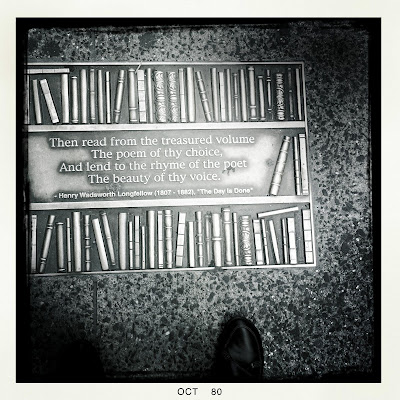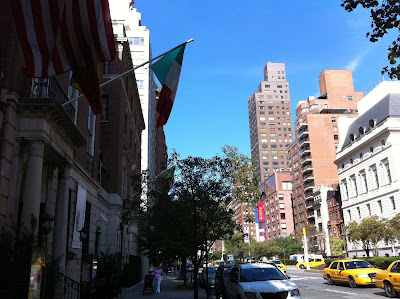Search This Blog
A strolling guide to New York City by writer and photographer Teri Tynes. Active during the years 2007-2021, Walking Off the Big Apple plans new walks away from the city in the summer of 2025.
Posts
Showing posts from October, 2010
Coming this summer 2025
A Hudson River Camino - a cultural and spirit-filled pilgrimage up river.
The Guided Tour: A Visit to the World Trade Center Site and the Statue of Liberty
- Get link
- X
- Other Apps
The Newcomer on Spruce Street: Frank Gehry's Contribution to the New York Skyline
- Get link
- X
- Other Apps
An Autumn Walk in Upper Manhattan: From The Cloisters to Audubon Park
- Get link
- X
- Other Apps
Reading for Pleasure: Recommended Stops Along Library Way
- Get link
- X
- Other Apps
The Advantages of a New Perspective: A Literary Walk in Brooklyn Heights
- Get link
- X
- Other Apps
Abstract Expressionism at The Museum of Modern Art (MoMA) and Beyond
- Get link
- X
- Other Apps
New York City as the Stage for the World: Walks Through the City's International Cultural Centers
- Get link
- X
- Other Apps
June 11, 2025 in Beacon, NY

On a day trip from NYC






